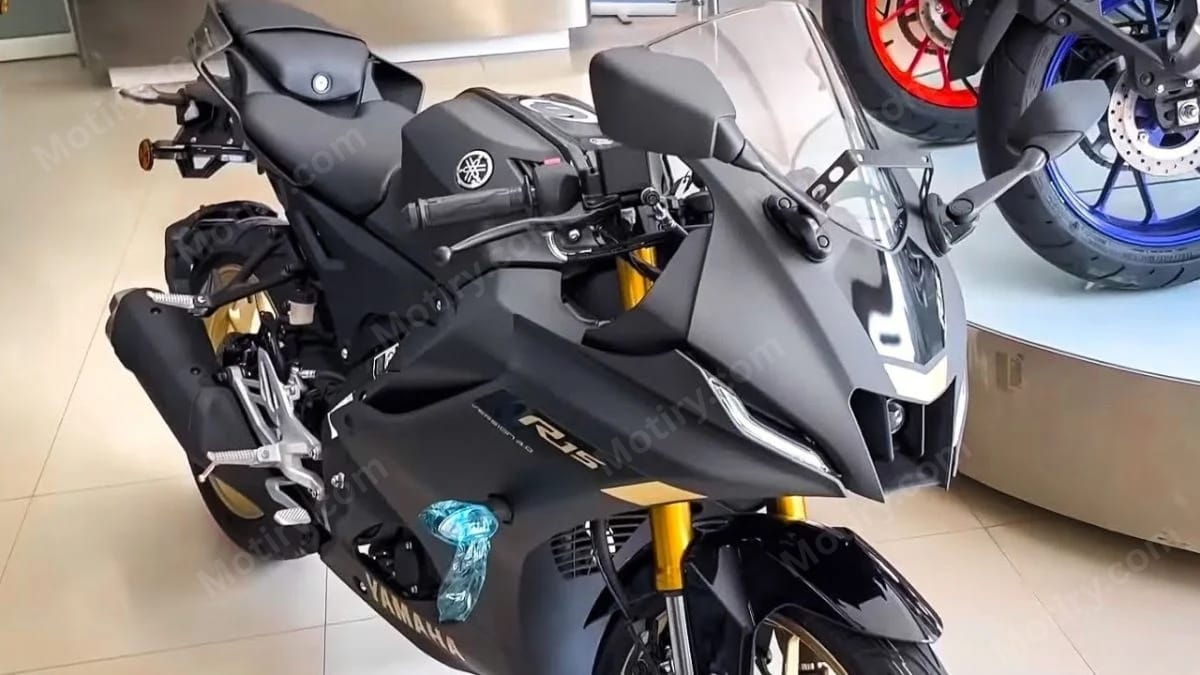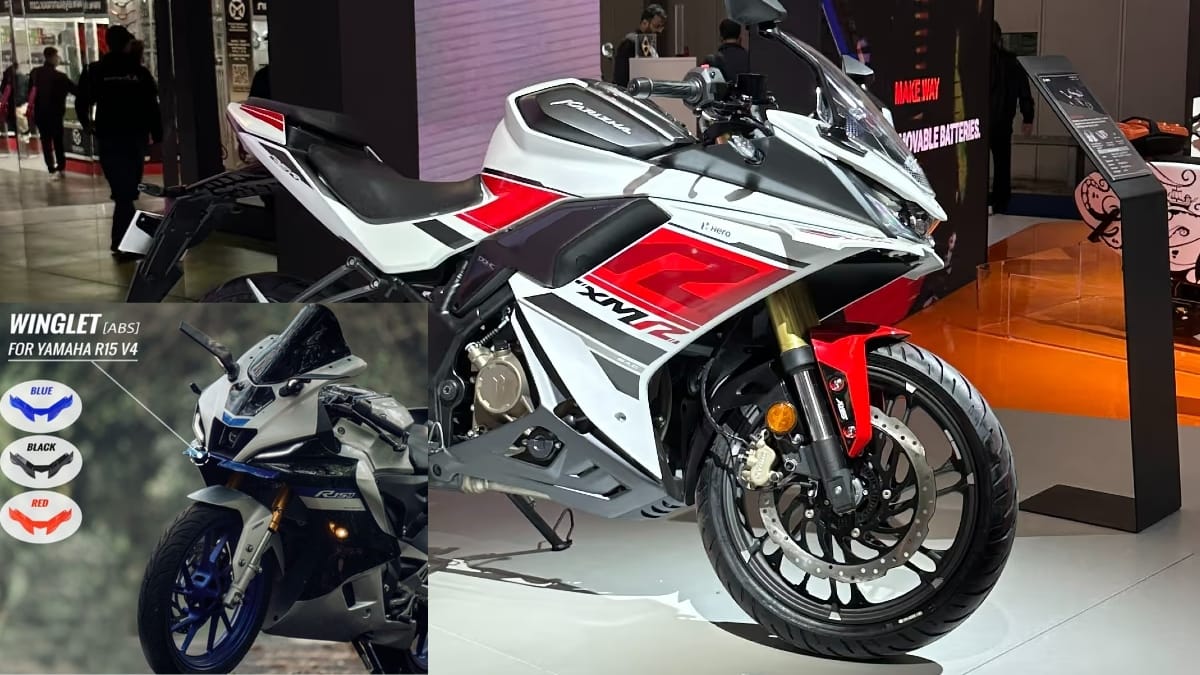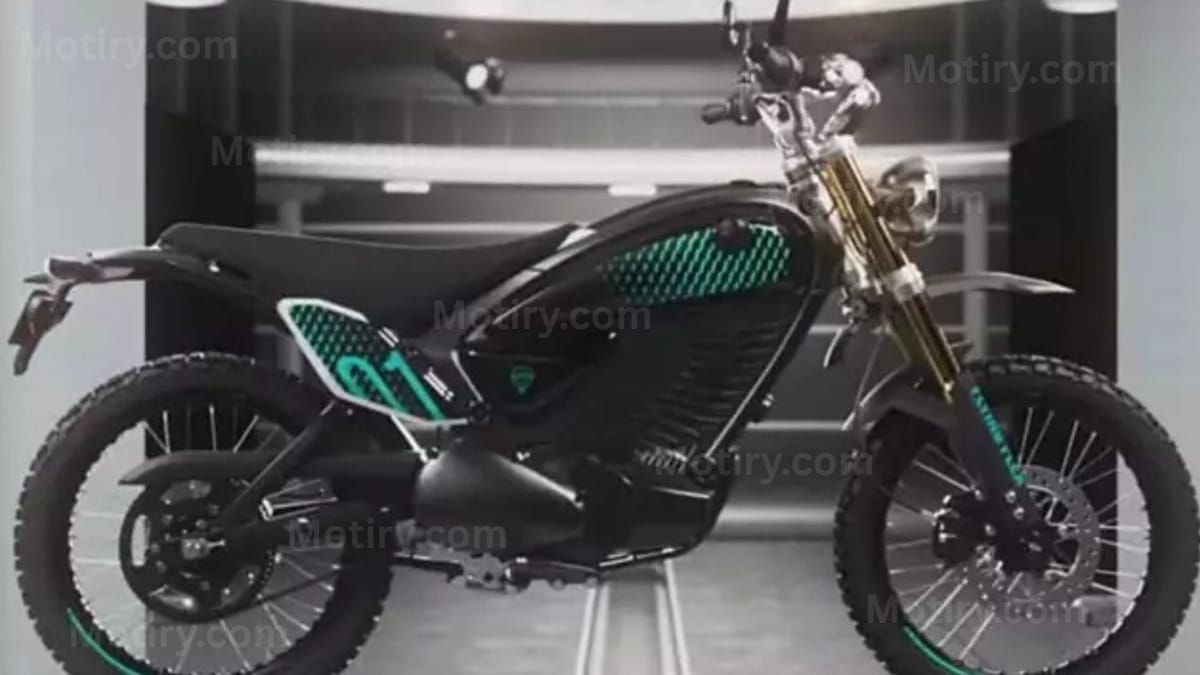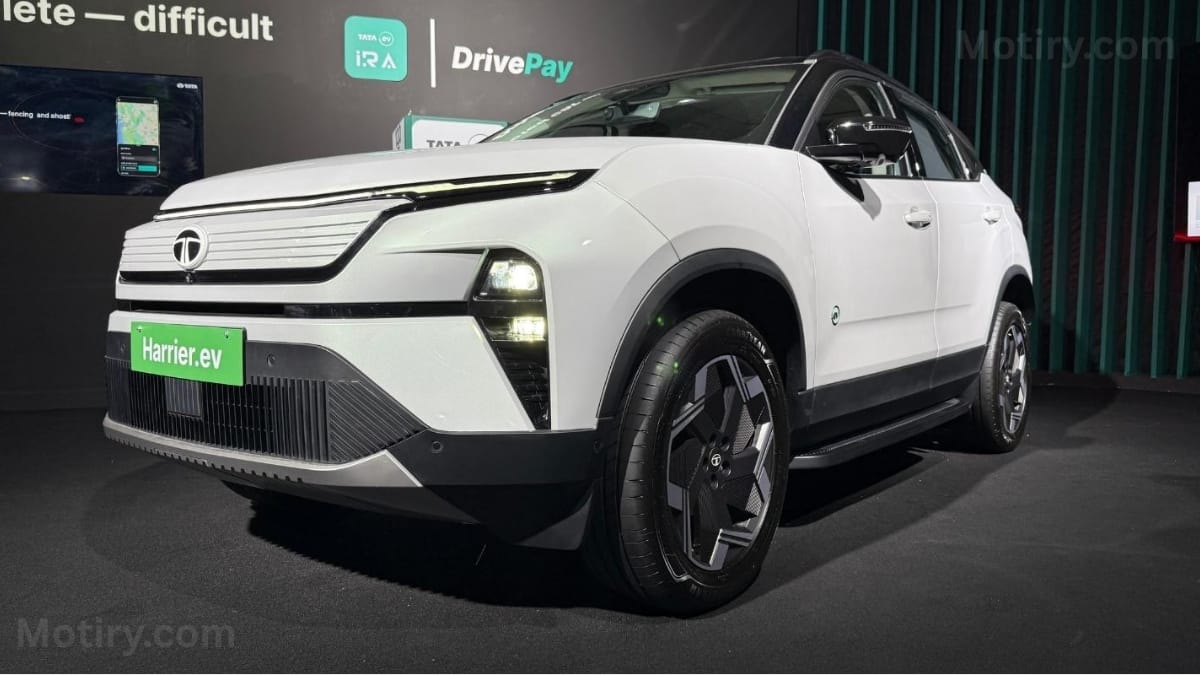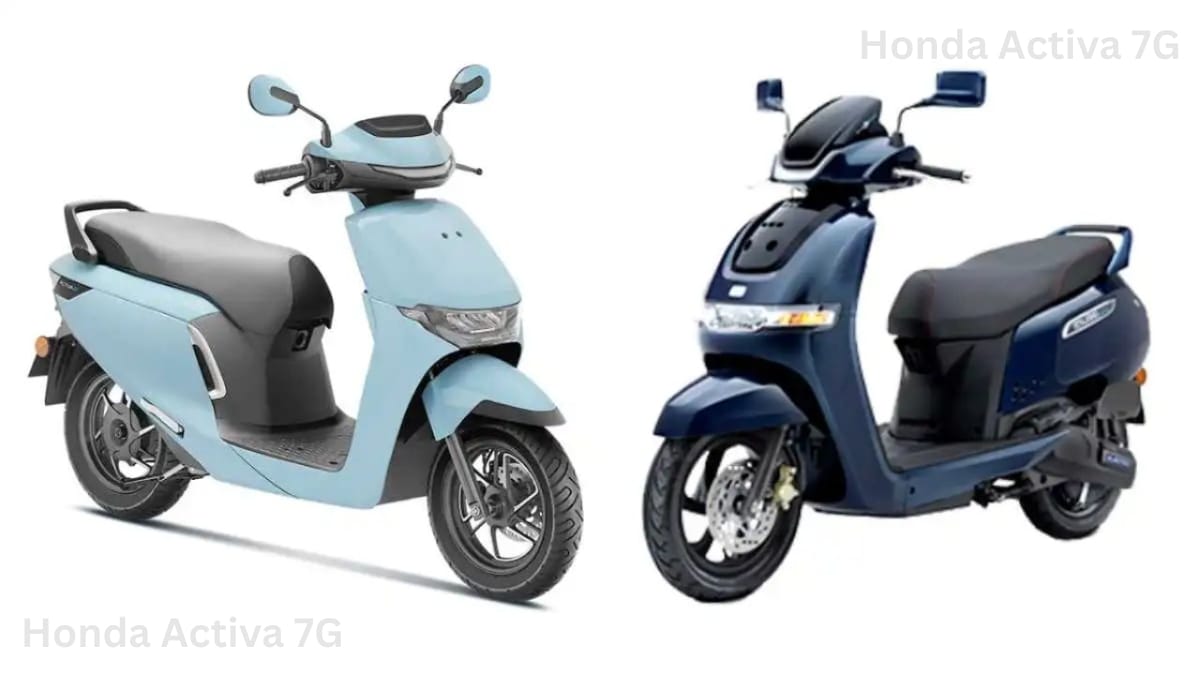Hey there, fellow auto enthusiasts! I’m absolutely buzzing with excitement about what’s happening in the Indian electric vehicle scene right now. As someone who’s been deeply immersed in the automobile world for the past four years, I can tell you that June 2025 is shaping up to be a landmark month for electric mobility in India. Bajaj Auto is preparing to unleash their most affordable electric scooter yet, and from everything I’ve researched and learned through my industry connections, this New Affordable Entry-Level Bajaj Chetak Launch is going to be a complete game-changer.
What makes this launch particularly fascinating to me is how Bajaj is approaching the challenge of creating an even more accessible electric scooter. They’re not just stripping features to hit a lower price point – they’re actually enhancing the product while making it more affordable. This kind of innovation is exactly what gets my automotive heart racing, and it represents everything I love about covering the Indian two-wheeler industry. Just like how I analyzed the Bajaj Chetak 3503 electric scooter launch earlier this year, this upcoming model promises to deliver exceptional value in the electric scooter segment.
The timing couldn’t be more perfect either. With electric vehicle adoption accelerating across India and more families looking to make the switch from petrol to electric, Bajaj is positioning themselves to capture a massive segment of the market that’s been waiting for exactly this kind of offering. From my perspective as someone who analyzes automotive trends daily, this New Affordable Entry-Level Bajaj Chetak Launch represents a pivotal moment in India’s electric mobility journey.
Contents
- 1 Understanding Bajaj’s Strategic Masterpiece
- 2 Technical Evolution and Enhancement Details
- 3 Market Positioning and Competitive Landscape Analysis
- 4 Financial Implications and Pricing Strategy Deep Dive
- 5 Industry Challenges and Supply Chain Realities
- 6 Consumer Impact and Market Transformation Potential
- 7 Technology Integration and Feature Evolution
- 8 Future Implications and Industry Evolution
Understanding Bajaj’s Strategic Masterpiece
The brilliance of Bajaj’s approach with this New Affordable Entry-Level Bajaj Chetak Launch lies in their strategic use of the proven 35 Series platform. Instead of starting from scratch, they’re leveraging technology that’s already proven successful in the market since its December 2024 debut. This isn’t just smart product development – it’s genius-level market strategy that I’ve rarely seen executed this well in the Indian automotive space.
What truly impresses me about this approach is how Bajaj is addressing the core challenge that many manufacturers face when creating affordable variants. Too often, companies simply remove features to reduce costs, resulting in products that feel compromised. Bajaj is taking the opposite approach with this New Affordable Entry-Level Bajaj Chetak Launch, actually adding improvements while targeting a lower price point. This requires sophisticated engineering and supply chain optimization, but the potential rewards are enormous.
The foundation they’re building on is incredibly solid. The 35 Series platform has already demonstrated its market appeal and technical reliability. By extending this success to create an even more accessible option, Bajaj is essentially democratizing premium electric vehicle technology. This resonates deeply with my belief that advanced automotive features shouldn’t be exclusive to premium segments – they should be available to every Indian family ready to embrace electric mobility, much like how Honda Activa 7G revolutionized the traditional scooter market.
Technical Evolution and Enhancement Details
The engineering improvements planned for this New Affordable Entry-Level Bajaj Chetak Launch represent some of the most exciting developments I’ve encountered in recent months. The expected range enhancements are particularly noteworthy because range anxiety continues to be one of the primary barriers preventing Indian consumers from embracing electric vehicles. From my extensive interactions with potential EV buyers, I’ve learned that even modest improvements in range can dramatically impact purchase decisions.
The battery optimization work that Bajaj is reportedly undertaking involves sophisticated chemistry and thermal management improvements. While specific technical details haven’t been publicly disclosed, industry sources suggest that the New Affordable Entry-Level Bajaj Chetak Launch will deliver meaningfully better real-world range than current offerings. This is crucial because real-world performance often differs significantly from claimed specifications, and consumers are becoming increasingly aware of this gap. Similar optimization strategies have been successfully implemented in other electric SUV segments, showing the potential for significant improvements.
Read More: – Top 5 Best 250cc Bikes With Highest Mileage in India 2025 Complete Guide
The chassis modifications being implemented to align with the 35 Series platform represent another area where Bajaj is investing heavily in improvement rather than cost-cutting. These changes aren’t merely cosmetic – they involve fundamental structural enhancements that should improve ride quality, handling characteristics, and overall durability. The floor-mounted battery placement, in particular, is an engineering decision that demonstrates Bajaj’s commitment to creating a properly balanced and stable riding experience.
| Technical Enhancement Areas | Current 2903 Specifications | Expected New Model Improvements | Impact on User Experience |
|---|---|---|---|
| Battery Range | Standard range performance | Optimized chemistry and thermal management | Reduced range anxiety, longer daily usability |
| Chassis Design | Basic platform architecture | 35 Series-aligned structural improvements | Enhanced stability and ride quality |
| Storage Capacity | Limited under-seat space | Expanded storage compartment | Improved practicality for daily use |
| Battery Placement | Traditional positioning | Floor-mounted design | Better weight distribution and handling |
Market Positioning and Competitive Landscape Analysis
The competitive landscape that this New Affordable Entry-Level Bajaj Chetak Launch is entering is incredibly dynamic and challenging. I’ve been tracking the electric scooter market evolution closely, and the level of competition has intensified dramatically over the past year. However, what I find particularly interesting about Bajaj’s positioning is how they’re creating a unique value proposition that doesn’t rely solely on price competition.
While companies like Ola Electric and Ather Energy have been focusing on premium features and performance, and others have been racing to the bottom on price, Bajaj is carving out a middle path that combines accessibility with genuine quality. This New Affordable Entry-Level Bajaj Chetak Launch represents a sweet spot in the market that I believe has been underserved until now. The strategy is reminiscent of what successful automotive companies have done in other segments – offering premium features at accessible price points, similar to how best 250cc bikes have managed to deliver performance and efficiency together.
The market dynamics are particularly favorable for this launch timing. Electric vehicle adoption in India has reached a tipping point where early adopters have proven the technology works, and mainstream consumers are now ready to make the switch. The New Affordable Entry-Level Bajaj Chetak Launch arrives at exactly the right moment to capture this mainstream demand. From my analysis of consumer behavior patterns, this timing could hardly be better.
What sets this launch apart from typical budget offerings is Bajaj’s commitment to maintaining quality while reducing costs. This approach requires sophisticated supply chain management and manufacturing efficiency improvements, but it results in products that don’t feel compromised. The New Affordable Entry-Level Bajaj Chetak Launch should feel like a premium product offered at an accessible price, rather than a budget product with obvious limitations.

Financial Implications and Pricing Strategy Deep Dive
The pricing strategy for this New Affordable Entry-Level Bajaj Chetak Launch is where Bajaj’s market intelligence really shines. Based on my analysis of current market conditions and consumer purchasing patterns, I believe they’re targeting a price point that will fundamentally shift market dynamics. The current most affordable option sits at Rs. 99,998, but creating something meaningfully more accessible requires hitting psychological price barriers that can dramatically expand the addressable market.
My research into consumer behavior suggests that pricing this New Affordable Entry-Level Bajaj Chetak Launch in the Rs. 85,000 to Rs. 92,000 range would open up entirely new market segments. This price band represents a sweet spot where middle-class families who’ve been considering electric vehicles but hesitating due to cost concerns would finally have a compelling option. The psychological impact of breaking below the Rs. 90,000 barrier could be enormous in terms of market response.
The financial engineering required to achieve these price points while maintaining quality standards is incredibly sophisticated. Bajaj is likely leveraging economies of scale from their 35 Series platform, optimizing manufacturing processes, and possibly accepting lower initial margins in exchange for volume growth. This approach demonstrates long-term strategic thinking that prioritizes market share capture over short-term profitability, similar to strategies we’ve seen with Maruti Fronx hybrid SUV and other mass-market successes.
According to Bajaj Auto’s official website, the company has been consistently investing in electric vehicle technology and manufacturing capabilities. Industry reports from Economic Times Auto suggest that Bajaj’s electric vehicle segment is becoming increasingly important to their overall business strategy.
| Price Segment Analysis | Current Market Options | Expected New Model Positioning | Market Impact Potential |
|---|---|---|---|
| Ultra-Budget (Under Rs. 80,000) | Limited quality options available | Not targeting this segment | Maintains quality standards |
| Value Segment (Rs. 80,000-95,000) | Few compelling options | Primary target positioning | Massive market expansion opportunity |
| Mid-Premium (Rs. 95,000-110,000) | Current Chetak 2903 positioning | Stepping stone to premium | Existing market competition |
| Premium (Above Rs. 110,000) | Chetak 3503 and competitors | Aspirational upgrade path | Established competitive landscape |
Industry Challenges and Supply Chain Realities
The transparency that Bajaj has shown regarding potential supply chain challenges affecting this New Affordable Entry-Level Bajaj Chetak Launch is refreshing in an industry where companies often overpromise and underdeliver. The specific mention of rare earth magnet availability issues demonstrates a sophisticated understanding of global supply chain dynamics that many automotive companies lack.
Rare earth elements are critical components in electric motor manufacturing, and their supply is concentrated in relatively few geographic regions. The geopolitical implications of this concentration create genuine risks for electric vehicle manufacturers worldwide. Bajaj’s acknowledgment of these challenges shows they’re planning realistically rather than making commitments they might not be able to keep. This level of supply chain awareness is crucial for maintaining credibility with consumers and industry partners.
The broader supply chain optimization work that Bajaj is undertaking to enable this New Affordable Entry-Level Bajaj Chetak Launch involves complex coordination across multiple component suppliers, manufacturing facilities, and distribution networks. Creating a more affordable product while maintaining quality requires identifying and eliminating inefficiencies throughout the entire value chain. This is sophisticated operations management that requires significant expertise and resources.
What I find particularly impressive is how Bajaj is using these supply chain challenges as opportunities for innovation. Rather than simply accepting higher costs or compromised availability, they’re investing in supply chain diversification and efficiency improvements that will benefit all their products. The New Affordable Entry-Level Bajaj Chetak Launch is serving as a catalyst for broader operational improvements that will strengthen Bajaj’s competitive position across their entire electric vehicle portfolio, much like how Tata Motors’ sales performance has been optimized through strategic improvements.
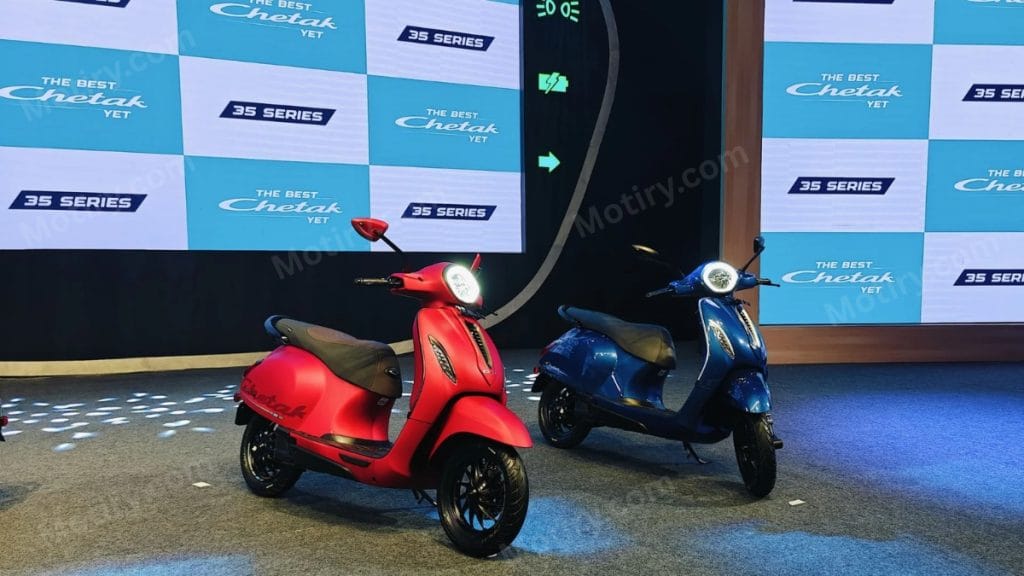
Consumer Impact and Market Transformation Potential
The potential impact of this New Affordable Entry-Level Bajaj Chetak Launch on Indian consumers extends far beyond simply providing another purchasing option. This launch represents a fundamental shift in how electric mobility is positioned in the Indian market. By making premium electric vehicle technology accessible at mass-market price points, Bajaj is essentially democratizing electric transportation in a way that could accelerate adoption across multiple demographic segments.
From my interactions with potential electric vehicle buyers, I’ve learned that the decision to switch from petrol to electric involves multiple considerations beyond just price. Range anxiety, charging infrastructure concerns, maintenance requirements, and resale value all factor into the decision-making process. The New Affordable Entry-Level Bajaj Chetak Launch addresses several of these concerns simultaneously by offering proven technology at an accessible price point backed by Bajaj’s established service network.
Also Read: –Suzuki V-Strom 800 DE Launch Brings New Colors and OBD-2B Compliance to India
The ripple effects of this launch could be significant across the entire electric vehicle ecosystem. More affordable options typically drive increased market adoption, which in turn supports expanded charging infrastructure development and improved service accessibility. The New Affordable Entry-Level Bajaj Chetak Launch could serve as a catalyst for broader electric vehicle market growth that benefits all manufacturers and consumers, similar to how Suzuki Access 2025 has influenced the premium scooter segment.
Recent reports from Autocar India and BikeWale indicate that the electric two-wheeler market is experiencing unprecedented growth, with consumers increasingly looking for value-oriented options that don’t compromise on quality or features.
| Consumer Segment Impact | Primary Benefits | Adoption Barriers Addressed | Long-term Market Effects |
|---|---|---|---|
| First-time EV buyers | Accessible entry point with proven technology | Price concerns and reliability fears | Accelerated market adoption |
| Petrol scooter upgraders | Familiar form factor with electric benefits | Range anxiety and maintenance concerns | Faster ICE-to-EV transition |
| Budget-conscious families | Premium features at accessible prices | Cost-benefit analysis optimization | Expanded addressable market |
| Urban commuters | Practical daily transportation solution | Infrastructure and convenience issues | Increased urban EV penetration |
Technology Integration and Feature Evolution
The feature set that Bajaj is planning for this New Affordable Entry-Level Bajaj Chetak Launch represents a careful balance between accessibility and functionality. Rather than simply removing features to achieve lower costs, they’re selectively integrating the most impactful technologies from their premium offerings. This approach requires sophisticated product planning and engineering expertise to identify which features provide the greatest value to consumers.
The storage enhancements being incorporated into this New Affordable Entry-Level Bajaj Chetak Launch address one of the most practical concerns that Indian consumers have about electric scooters. Adequate storage space is crucial for daily usability, whether for commuting to work with a laptop bag or making grocery runs for the family. The expanded under-seat storage capacity demonstrates Bajaj’s understanding that practical functionality often matters more than flashy features.
The battery technology improvements planned for this launch extend beyond simple capacity increases. Advanced battery management systems, improved thermal regulation, and optimized charging algorithms all contribute to better real-world performance and longer battery life. These technological enhancements represent significant engineering investments that will benefit consumers through improved reliability and lower total cost of ownership.
What particularly excites me about the technology integration in this New Affordable Entry-Level Bajaj Chetak Launch is how it demonstrates that advanced features don’t need to be exclusive to premium segments. Sophisticated battery management, efficient motor control, and intelligent power distribution systems can be made accessible to mass-market consumers through careful engineering and manufacturing optimization, similar to innovations we’ve seen in Revolt RV400 electric motorcycle.
Future Implications and Industry Evolution
Looking ahead, this New Affordable Entry-Level Bajaj Chetak Launch could represent a turning point in how the Indian electric vehicle industry approaches product development and market segmentation. The success or failure of this launch will likely influence strategies across the entire industry, potentially accelerating the trend toward accessible premium technology.
The broader implications extend beyond just the two-wheeler segment. Successful democratization of electric vehicle technology in scooters could provide learnings and supply chain efficiencies that benefit electric car development as well. The New Affordable Entry-Level Bajaj Chetak Launch is essentially serving as a testing ground for approaches that could be applied across multiple vehicle categories, including upcoming electric SUVs and other segments.
From my perspective as someone who’s passionate about sustainable transportation, this launch represents progress toward a future where electric mobility is accessible to all Indian families regardless of their economic circumstances. The environmental benefits of widespread electric vehicle adoption are significant, but they can only be realized if electric vehicles are genuinely accessible to mainstream consumers.
The success of this New Affordable Entry-Level Bajaj Chetak Launch could also influence government policy and infrastructure development. Higher electric vehicle adoption rates typically result in increased government support for charging infrastructure and favorable policy frameworks. This creates a positive feedback loop that benefits the entire electric vehicle ecosystem.
As someone who’s been covering the Indian automotive industry for four years, I can confidently say that this New Affordable Entry-Level Bajaj Chetak Launch represents one of the most significant developments I’ve witnessed. It’s not just about launching another electric scooter – it’s about fundamentally changing how we think about electric mobility accessibility in India. The engineering excellence, strategic thinking, and market understanding that Bajaj is demonstrating with this launch sets new standards for the entire industry. I’m genuinely excited to see how this unfolds and what it means for the future of transportation in India.


